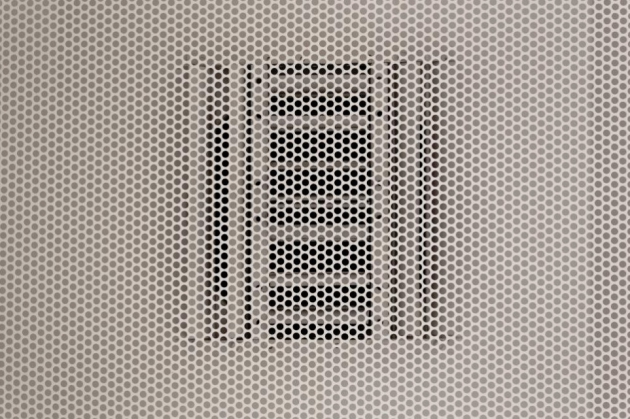Your HVAC system needs adequate airflow to distribute treated air throughout your home. When airflow is insufficient, performance drops and comfort suffers. Here are three of the most common culprits—and how to fix them.
Identifying Airflow Symptoms
Watch for these warning signs your system can’t move air properly:
Pressure Imbalance: Strange whistling, unexpected drafts, or doors that slam on their own all point to uneven pressure in your ductwork.
Hot & Cold Spots: Rooms that never seem to reach the same temperature as the rest of the house indicate blocked or interrupted airflow.
No Air at the Registers: If you feel little or no air (or only warm air in cooling mode) coming from vents, there’s likely a serious restriction somewhere.
Ignored, these issues force your compressor to work harder—often leading to premature failure and costly replacements.
1. Blocked Condenser Unit
On air-cooled systems, the outdoor condenser (often against an exterior wall or in a mechanical room) must have clearance to breathe. Leaves, vines, and debris can pile up around it, choking airflow and causing the system to overheat.
DIY Fix:
Turn off power at the condenser disconnect.
Clear a minimum 2 ft radius around the unit, removing leaves, tools, and yard waste.
Rinse the fins gently with a garden hose to wash away dirt.
If overheating persists, schedule a professional coil cleaning and inspection with our A/C Repairs & Maintenance team.
Resource: For detailed condenser care tips, see the Department of Energy’s guide to AC maintenance: https://www.energy.gov/energysaver/maintaining-your-air-conditioner
2. Obstructed Vents and Registers
Furniture, rugs, or even stored boxes can accidentally block airflow at your supply and return registers. In offices, it’s not uncommon to find filing cabinets shoved against vents to adjust local temperature—only to create new problems elsewhere.
DIY Fix:
Walk every room, confirming all registers are fully open and free of obstructions.
Check return grilles and clean or vacuum them to restore intake capacity.
For whole-home duct sealing or insulation solutions, explore our Duct Sealing services to maximize airflow efficiency.
3. Leaky or Improperly Sized Ductwork
Even a small gap in your ductwork can rob your system of airflow. Inadequate duct sizing—common in older homes—also creates bottlenecks, reducing the total volume of air delivered.
Signs of Duct Issues:
Unexplained energy bills or uneven room temperatures despite clean equipment.
Visible dust clouds or debris escaping from duct joints.
Solving it often requires a professional duct inspection. Our certified technicians can perform a Virtual Diagnostic to pinpoint leaks and recommend targeted sealing or resizing.
Outbound Resource: Learn more about proper duct design and airflow from ACCA’s professional standards: https://www.acca.org/home
Still Struggling?
If these fixes don’t restore comfort, it’s time to call a local HVAC specialist. You’re paying for consistent heating and cooling—don’t let poor airflow waste your energy dollars.
For a deeper dive into system health, check out our article on Why Regular HVAC Inspections Are Critical for Los Angeles Home Safety, and schedule a no-obligation assessment today.
Frequently Asked Questions
What is a normal airflow rate for a residential HVAC system?
Most homes aim for 350–400 CFM (cubic feet per minute) per ton of cooling capacity. Significantly lower readings often indicate restrictions or leaks.
How can I measure airflow myself?
Basic airflow meters (anemometers) clip over a register and read FPM (feet per minute). Multiply that by the grille area to calculate CFM.
Can dirty air filters cause the same symptoms?
Absolutely—clogged filters are the most common airflow culprit. Replace or clean filters every 1–3 months to prevent buildup.
Are professional duct cleanings worth it?
If you see mold, dust buildup, or debris in ducts, a cleaning can restore airflow and improve indoor air quality. Always combine with sealing for best results.
How often should I inspect my HVAC airflow?
Check registers and filters monthly, and request a full airflow and performance tune-up annually to catch issues before they impact comfort.

